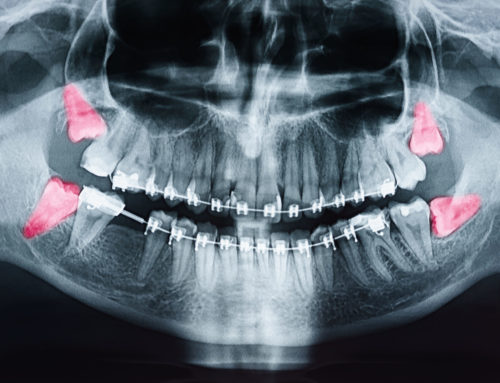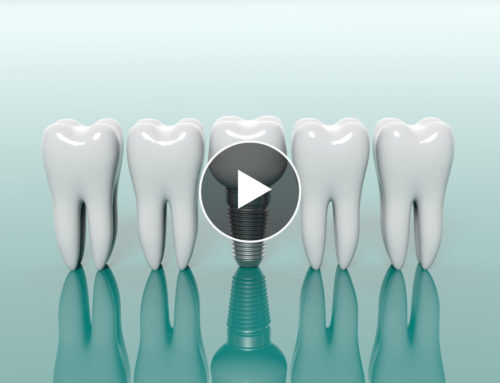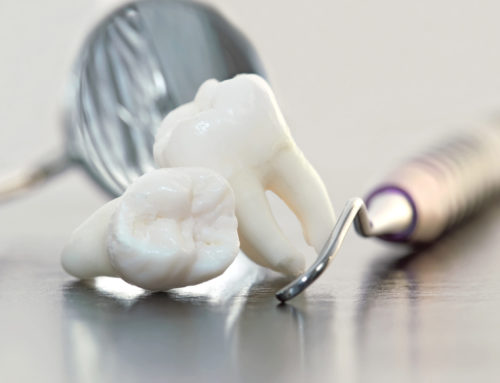Food Decay and Tooth Decay part 1
August 30, 2012 at 7:57 AM
Mostly, tooth decay is due to bacteria or fungi called microbes which grow on and in the food causing it to decay or rot. Microbes multiply as they destroy the food. These microbes are almost everywhere and on almost everything. This includes food as well as the air, the water, the soil, your clothes, and your hands. The word microbe is derived from two Greek words: mikros meaning small and bios meaning life.
Fungi will decompose anything that is organic in nature and obtain food by doing so. They grow best in warm and moist places, but not exclusively. There are more than 100,000 types of fungi; and, they can grow on bread, meat, and vegetables as well as fur, leather, and wood. There are also certain fungi called saprobes that obtain nutrients from non-living organic matter. Fungi that obtain nutrients directly from a living host are generally known as parasites.
Regardless of the type of fungus, they secrete enzymes which promote and allow digestion outside of the fungal body. The fungi then absorb nutrients across the cell membranes.
Simply put all food preservation methods slow down or eliminate decay; sometimes by slowing down the growth of the microbes and sometimes by eliminating the microbes. The effects that chemical and biological processes have on food usually only cause the appearance of the food to change.
Included in the most common food preservation techniques which either eliminate the microbes or slow their growth are:
Canning
Chemical preservation
Dehydration
Fermentation
Freeze drying
Freezing
Irradiation
Pasteurization
Pickling
Refrigeration
Salting/sugaring
Micro-organisms may be present, even if they do not affect the taste of food, and that is just one of the many reasons people need to be careful of eating or drinking products after the expiration date.






